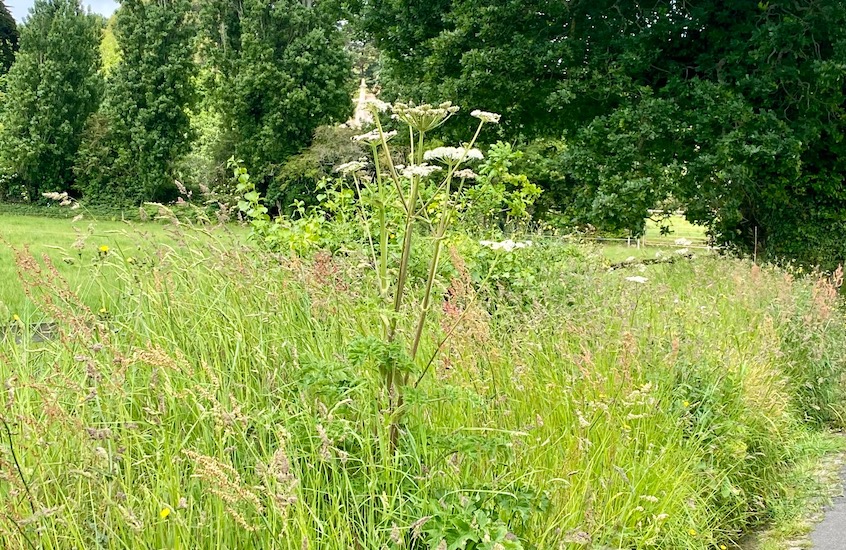
The first wave of Jersey’s branchage inspections will begin at the end of June, when parishioners are legally required to cut back any vegetation overhanging roads and footpaths as part of the Island’s century-old tradition.
Starting on Wednesday 29 June in St Lawrence, the inspections will take place in each Parish up until Thursday 14 July.
To comply with the ‘Visite du Branchage’ regulations, anyone occupying land that borders public roads must cut back overhanging vegetation to ensure the areas are safe for drivers, cyclists, pedestrians and any other road users.
It applies to all public roads, including main roads, lanes and footpaths.
What is the branchage tradition?
The term ‘branchage’ comes from the French word ‘branche’, meaning branch. In Jèrriais it is ‘branque’ or ‘branquage’.
The Branchage Law was introduced in 1914 to ensure that all public roads were kept clear of encroaching hedges, branches, trees and shrubs.
A Visite du Branchage takes place in each Parish twice a year to check the branchage has been cut and all the trimmings cleared. The first branchage begins in June and the second Branchage happens in September.
During a three-week period, Parish Constables, accompanied by members of the Roads Committee and Centeniers, inspect the roads to make sure vegetation has been cut back.

Each Parish also receives a ‘Visite Royale’ once every six years where members of the Royal Court carry out a similar inspection of the Parish roads and pathways. This year, the Visites Royale take place in Grouville, St Peter and St Saviour.
What does the law require?
The branchage law states that anyone occupying land that borders public roads must cut the branchage to certain specifications.
You must make sure:
- there is a clearance of 12 feet over main roads and by-roads
- there is a clearance of 8 feet over footpaths
- that you clear all trimmings from the road / footpath etc afterwards
The branchage is the responsibility of the occupier but for multiple occupancy properties, it is the company (if the property consists of share transfer flats) or the association of co-owners (if the property is flying freehold).
Occupiers who fail to comply with regulations can be charged with a criminal offence and fined up to £100.
What are the branchage guidelines?
Hedges and banques were originally planted for practical agricultural purposes but ecologists now see them as a ‘happy accident’ for biodiversity. Various plants and animals now rely on these man-made structures for shelter and food.
To ensure the branchage doesn’t have a negative impact on the environment, there are some best working practices to follow.
The Government of Jersey provides the following guidelines:
- cut with hand tools when possible
- allow plants to set seed if they’re not overhanging
- leave tussocks of vegetation for insects
- never carrying out heavy hedge work during the bird breeding season (1 March to 31 July)
- never cut so much that bare soil is exposed
- never cut rare or endangered plants
- never routinely using chemicals
Further guidelines, including tips for checking for wildlife, are available on the Comité des Connétables website.
The following groups also provide advice and support:
- Branchage and Beyond – Nurturing Nature’s Highways Facebook page
- Action for Wildlife Jersey Facebook page
- Jersey Hedgehog Preservation Group Facebook page
When are the inspections?
The Comité des Connétables has published a list of dates for the Visites du Branchage and Visites Royale:

For more details on the branchage, visit the Comité website.





One Response